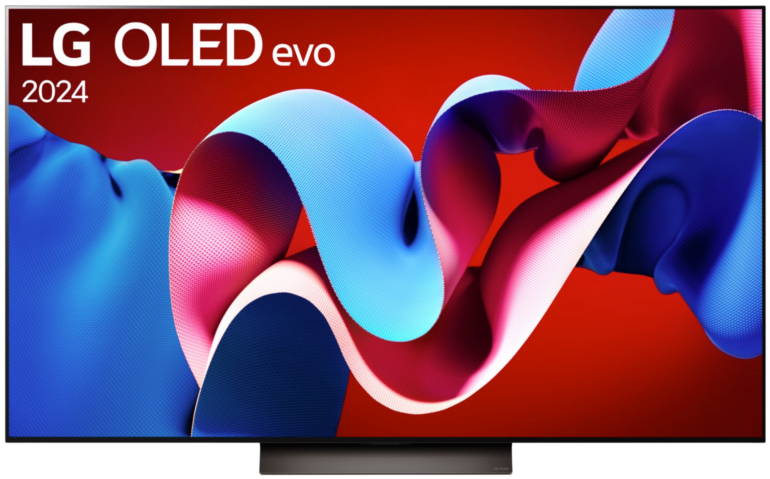Samsung Q60T vs LG NANO81 TV comparison 2021/05


Hey! If you buy through our links, you support our project. It won't cost you a cent more! Many thanks in advance! ♥️
Samsung Q60T and LG NANO81 compared – Which TV is better?
Detailed comparison: Samsung Q60T or LG NANO81

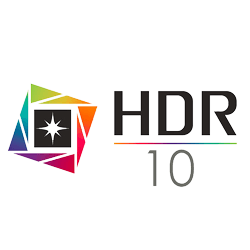

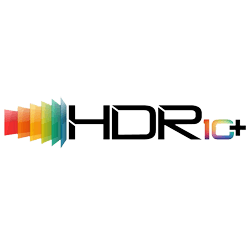



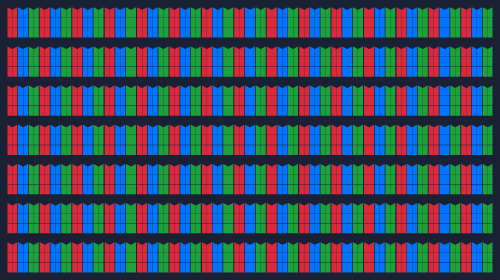


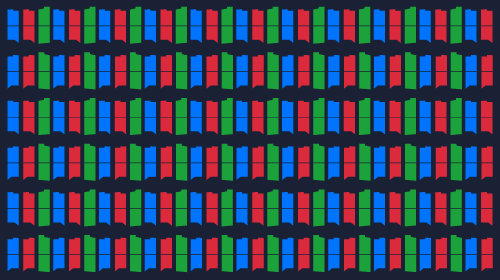




















integriert

integriert
Our conclusion:Q60T vs NANO81: VA vs IPS Panel
Because of the better picture quality in dark environments and the similar one in bright surroundings, the Q60T is the slightly more powerful TV. However, you should keep in mind that the characteristics of these two TVs are very different. If you want better picture quality and an HDMI eARC to create the best possible sound when using an external sound system, the Q60T is the right TV for your needs. If you do not want to do without a wide viewing angle and also want to have superior motion handling, the NANO81 is a good choice. Since both devices are entry level TVs in the QLED or NanoCell series, additional features have not been integrated. Both TVs do not have Dolby VisionDynamic HDR-format with a color depth of up to 12 Bits and Mastering of up to 10,000 Nits, Variable Refresh RateVariable Refresh Rate – synchronizes the display’s refresh rate with the output refresh rate of the graphics card and no HDMI 2.1 interface – which was not to be expected in this price level. So if you want to take next gen gaming to its limits, you have to buy the next most expensive TVs of the respective series, because the Q70T and the NANO86 have a 120Hz panel and an HDMI 2.1 interface. But if you can do without that and are looking for a decent Smart TV, which otherwise has a pretty good performance, you can take a closer look at both models.
